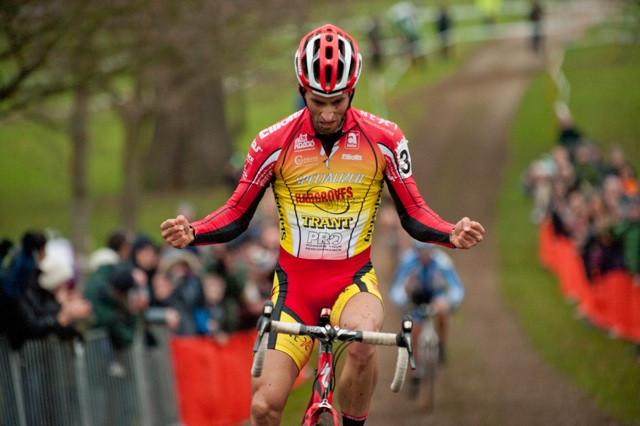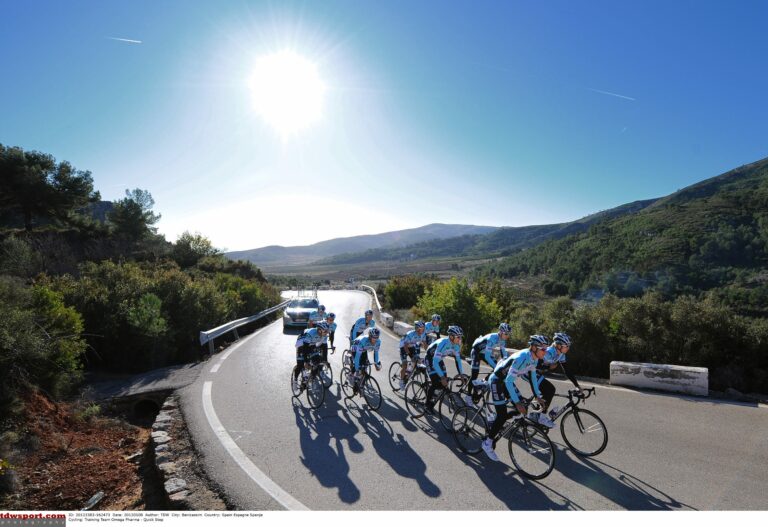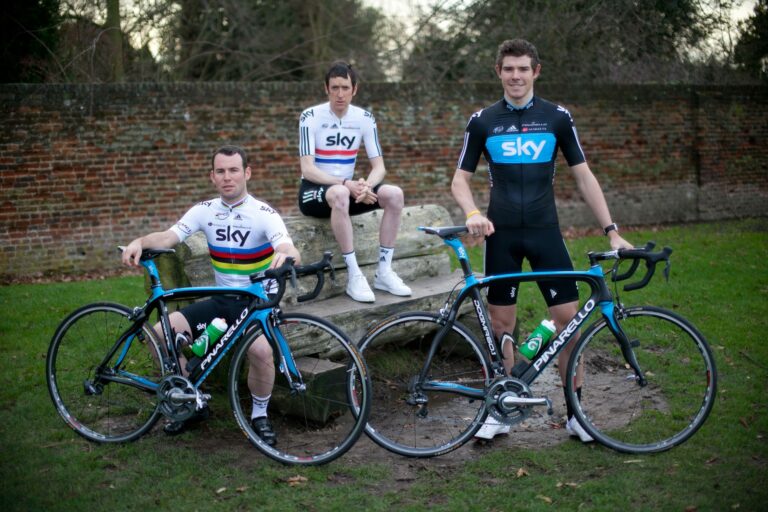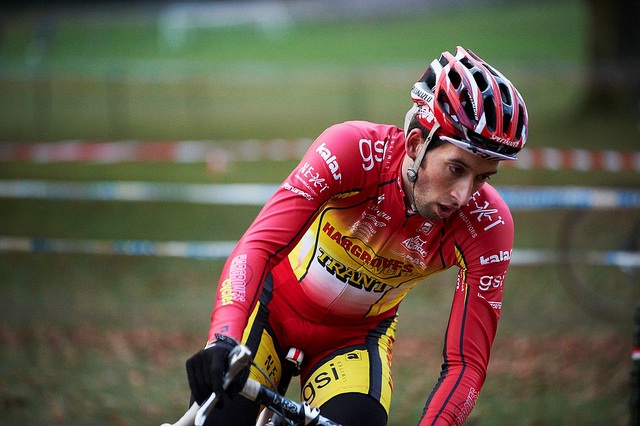Winter is a tough time for cyclists. The sportive and racing season is a distant memory, long summer days a forgotten quantity and the feeling of warmth on your back an almost alien feeling.
The clock is ticking towards Christmas but 2012 and the challenges it presents – whether it be reliability trials in the spring, the Etape or any of our home-grown sportives – still seem some way off. In short, motivation is waning.
It’s not just the pros, or even competitive cyclists, who suffer burn-out.
Cross training gives you the chance to break up the, dare I say it, monotony of year-round cycling. Some may even look towards the turbo trainer with a twinkle in the eye.
But consider slipping on a pair or trainers and prepare to pound the pavements – running is an underrated winter activity for cyclists.
So here are our tips for getting the most out of your time off the bike:
Take it easy
As a cardiovascular workout, running will have you working harder, in a shorter amount of time, raising your heart rate past the level required for similar effort while cycling. In my experience, a 20 minute training run will drain resources at a similar level to at least a steady one hour ride – although everyone’s body will react differently.
But that’s not to say because you can cycle at a steady pace for six hours that you can throw yourself in at the deep end and run for two hours. Far from it.
Ease yourself in. Start with a 20 minute jog and gradually build both time and distance – your muscles, particular those idle when cycling but called into action when running, and joints will thank you.
Know your limits
On the same theme: while cycling is a low impact activity, running is incredibly tough on the joints – if it leaves your knees reeling for days, stop. It’s no big deal.
That said, you can protect yourself against the rigours of running. Invest in a good pair of running trainers – a tatty pair of Reebok Classics won’t do. Each time your foot hits the ground, the impact through your feet, legs and spine is equivalent to three times your body weight.
If possible, run off-road where the impact is reduced and you can enjoy the scenery en-route. A specialist running shop will look at your running style and suggest a trainer or trail shoe to suit.
However, you can work on your technique as well. Take someone like Alistair Brownlee, world triathlon champion in 2009 and 2011, and the way he floats on the balls of his feet from one stride to another, seemingly effortless.
Learn the basics: maintain an upright posture with a slight forward lean, keep your upper body relaxed, avoid landing directly on the heel and take advantage of the foot’s natural ability to spring.
Adapt your training
On the face of it, running and cycling work different leg muscles, although there is no harm in building strength across areas not used in your primary sport.
However, you can adapt your workout to suit your overall goal – cycling. A long, steady run will, of course, build your cardiovascular capacity but consider hill running – easy if you’ve got fells within striking distance – to target those muscles used primarily in cycling. As in cycling, a heart rate monitor will allow you to adapt your workout according to effort.
They’re our tips, what are yours? Grab a pair of trainers and get running. Just make sure you don’t forget about your bike.






